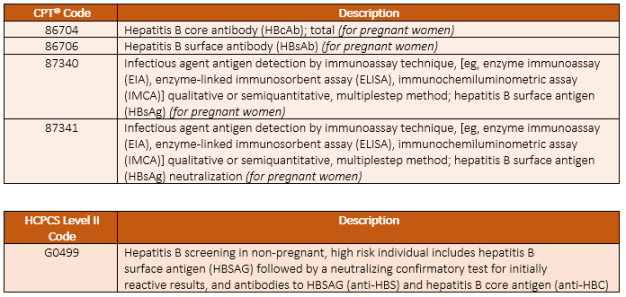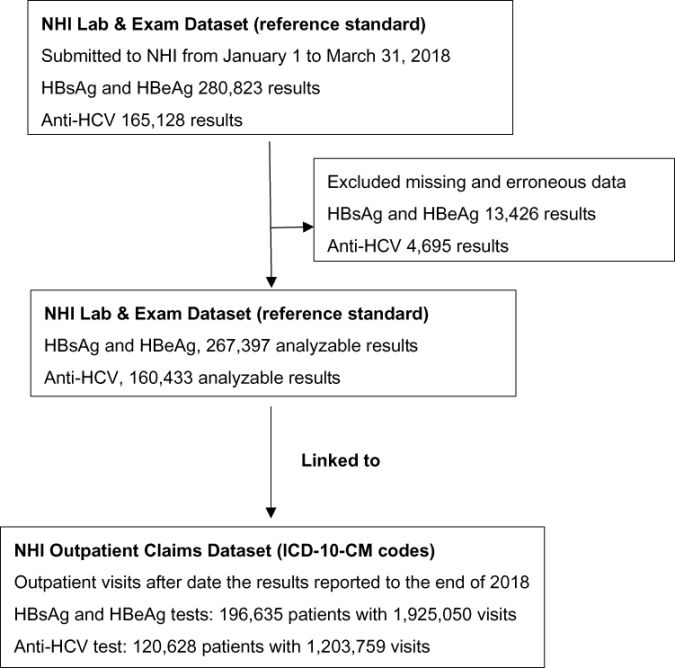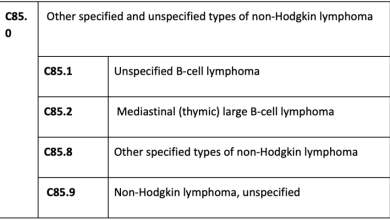The Importance Of ICD-10 Screening For Hepatitis C
What is ICD-10 Screening Hep C?
ICD-10 Screening Hep C refers to the diagnostic code used in the International Classification of Diseases, 10th edition, for screening individuals for Hepatitis C virus (HCV) infection. Hepatitis C is a viral infection that affects the liver and can lead to serious health complications if left untreated.
Code Information

The ICD-10 code for screening Hep C is Z11.59. This code is used to indicate that a patient is undergoing screening for Hepatitis C, even if they do not have any symptoms of the infection.
Diagnostic Related Groups (MS-DRG)

Since screening for Hepatitis C is a preventive measure rather than a treatment for a specific condition, there is no specific MS-DRG related to ICD-10 Screening Hep C. However, healthcare providers may use this code to track the number of patients who have been screened for the virus.
Convert to ICD-9 Code

If you need to convert the ICD-10 Screening Hep C code to ICD-9, the equivalent code would be V73.89. This code is used for screening for other specified viral diseases, including Hepatitis C.
Code History
The ICD-10 code for screening Hep C was introduced in 2015 as part of the transition from ICD-9 to ICD-10 code sets. This updated coding system allows for more specific and accurate reporting of diagnoses and procedures.
Approximate Synonyms
Some approximate synonyms for ICD-10 Screening Hep C include:
– Screening for Hepatitis C virus
– HCV screening
– Hep C screening test
Clinical Information
Hepatitis C is a blood-borne virus that primarily affects the liver. It is typically spread through contact with infected blood, such as sharing needles or receiving a blood transfusion from an infected donor. Screening for Hepatitis C is important because many individuals with the virus may not have any symptoms, yet still be at risk for liver damage and other complications.
Causes
The primary cause of Hepatitis C is infection with the Hepatitis C virus. This virus is transmitted through contact with infected blood, such as sharing needles or having unprotected sex with an infected individual. In some cases, Hepatitis C can also be transmitted through blood transfusions or organ transplants from infected donors.
Symptoms
Many individuals with Hepatitis C do not experience any symptoms, especially in the early stages of the infection. However, some common symptoms of acute Hepatitis C may include:
– Fatigue
– Joint pain
– Abdominal pain
– Dark urine
– Jaundice (yellowing of the skin and eyes)
Diagnosis
Diagnosing Hepatitis C typically involves a blood test to detect the presence of the virus in the bloodstream. Healthcare providers may also perform additional tests, such as liver function tests and imaging studies, to assess the extent of liver damage caused by the infection.
Treatment
Treatment for Hepatitis C may involve antiviral medications to help clear the virus from the body and reduce the risk of liver damage. In some cases, individuals may require liver transplant surgery if the infection has caused severe liver damage. It is important for individuals with Hepatitis C to work closely with their healthcare providers to develop a treatment plan that is tailored to their specific needs.
Conclusion
In conclusion, ICD-10 Screening Hep C is a diagnostic code used to indicate that a patient is undergoing screening for Hepatitis C virus infection. Screening for Hepatitis C is important for early detection and treatment of the virus, which can help prevent serious health complications. Healthcare providers use this code to track the number of patients who have been screened for Hepatitis C and to ensure appropriate follow-up care.
FAQs
1. Why is screening for Hepatitis C important?
Screening for Hepatitis C is important because many individuals with the virus may not have any symptoms, yet still be at risk for liver damage and other complications. Early detection and treatment of Hepatitis C can help prevent serious health problems.
2. How is Hepatitis C diagnosed?
Hepatitis C is typically diagnosed through a blood test to detect the presence of the virus in the bloodstream. Additional tests may be performed to assess the extent of liver damage caused by the infection









